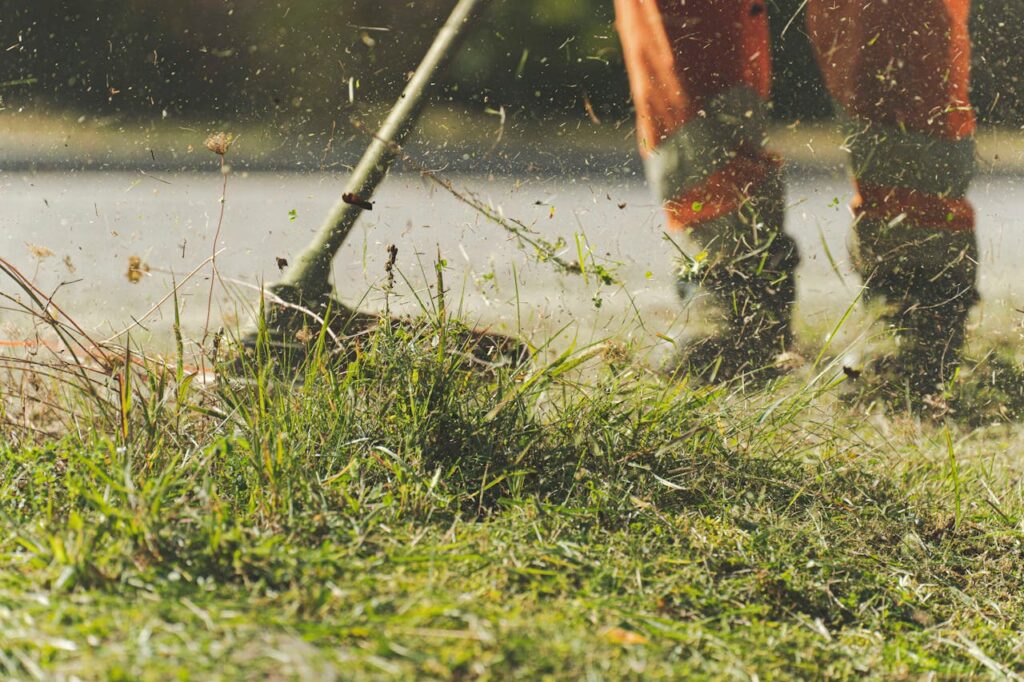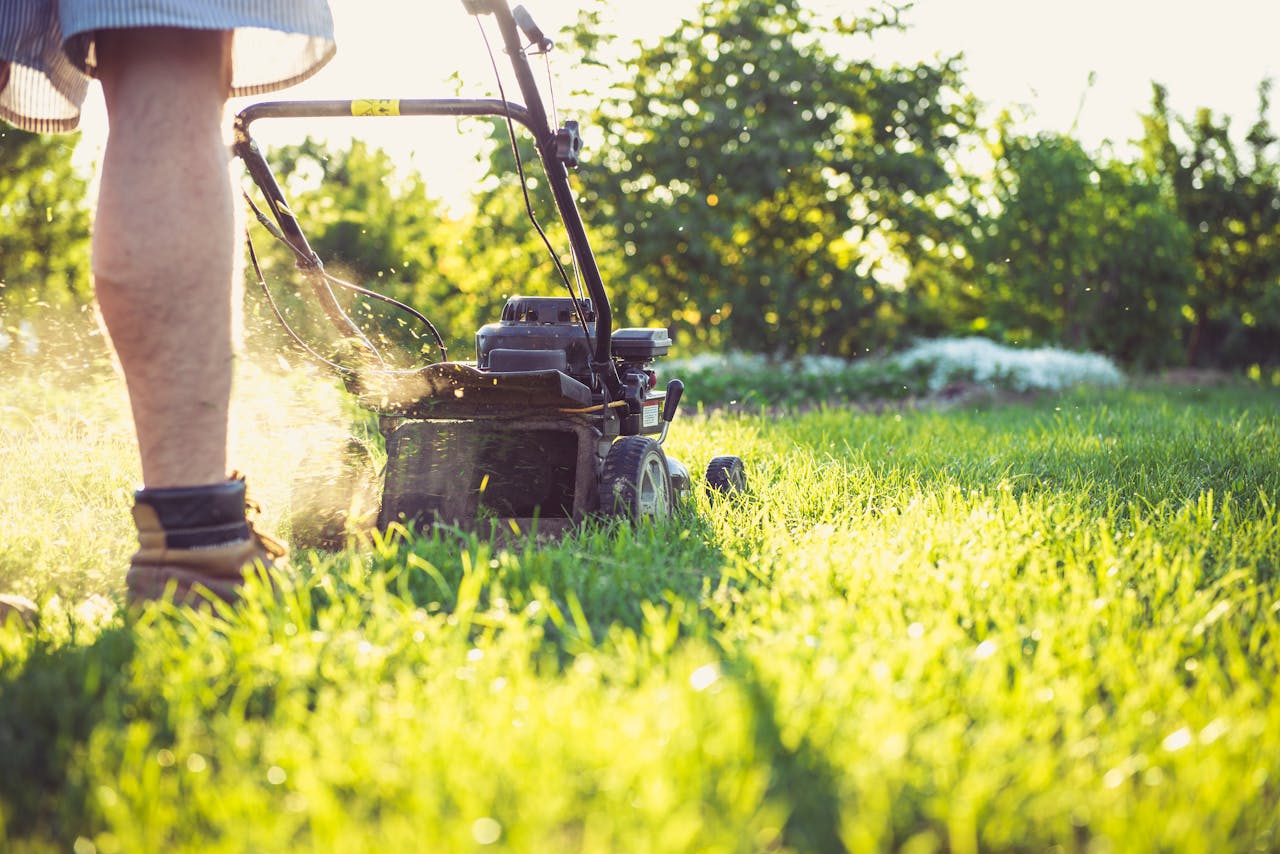Why control weed growth?
Weeds impede the growth of nearby plants by competing for nutrients, soil, water, and space. Additionally, they can also outshine young or small plants, hampering their progress. Weeds not only harm neighboring plants, but they can also create other problems such as clogging drainage pipes.
If allowed to proliferate, weeds can serve as breeding grounds for a variety of plant diseases and pests, resulting in added challenges and complications.
Controlling weed growth requires a combination of methods to be effective and sustainable. Here are several steps and strategies to manage weed growth:
1. Prevention
- Mulching: Apply a thick layer of organic or inorganic mulch to block sunlight and prevent weed seed germination.
- Landscape Fabric: Use landscape fabric under mulch to create a physical barrier against weeds.
- Proper Plant Spacing: Plant crops or ornamental plants close together to minimize open spaces where weeds can establish.
- Cover Crops: Grow cover crops to suppress weed growth and improve soil health.
2. Physical Control
- Hand Weeding: Regularly pull weeds by hand, ensuring to remove the entire root to prevent regrowth.
- Hoeing: Use a hoe to cut off weed tops, which depletes their energy reserves over time.
- Flame Weeding: Use a propane torch to kill young weeds by applying direct heat.
3. Chemical Control
- Herbicides: Apply pre-emergent herbicides to prevent weed seeds from germinating or post-emergent herbicides to kill existing weeds. Always follow label instructions and safety guidelines.
- Selective Herbicides: Use selective herbicides that target specific weeds without harming desired plants.
4. Biological Control
- Beneficial Insects: Introduce insects that feed on specific weeds, reducing their population.
- Grazing Animals: Use animals like goats or sheep to graze on weeds in larger areas.
5. Cultural Practices
- Crop Rotation: Rotate crops to disrupt weed life cycles and reduce weed pressure.
- Soil Solarization: Cover the soil with clear plastic during the hot months to heat the soil and kill weed seeds and seedlings.
- Irrigation Management: Water only the desired plants using drip irrigation to minimize water availability to weeds.
6. Integrated Weed Management (IWM)
- Combine multiple methods to create a comprehensive weed management plan.
- Regularly monitor weed populations and adjust control strategies as needed.
Implementation Tips
- Early Action: Address weeds early before they can set seed and spread.
- Consistency: Regularly inspect and maintain your garden or fields to keep weed populations low.
- Safety: Use personal protective equipment (PPE) when applying herbicides or handling potentially harmful materials.
By combining these steps and tailoring them to your specific situation, you can effectively control weed growth and maintain healthy, productive gardens or agricultural fields.
Visit the below link to see a list of Bunnings products that will assist with weed control
https://www.bunnings.com.au/products/garden/pest-control/garden-pest-weed-control


